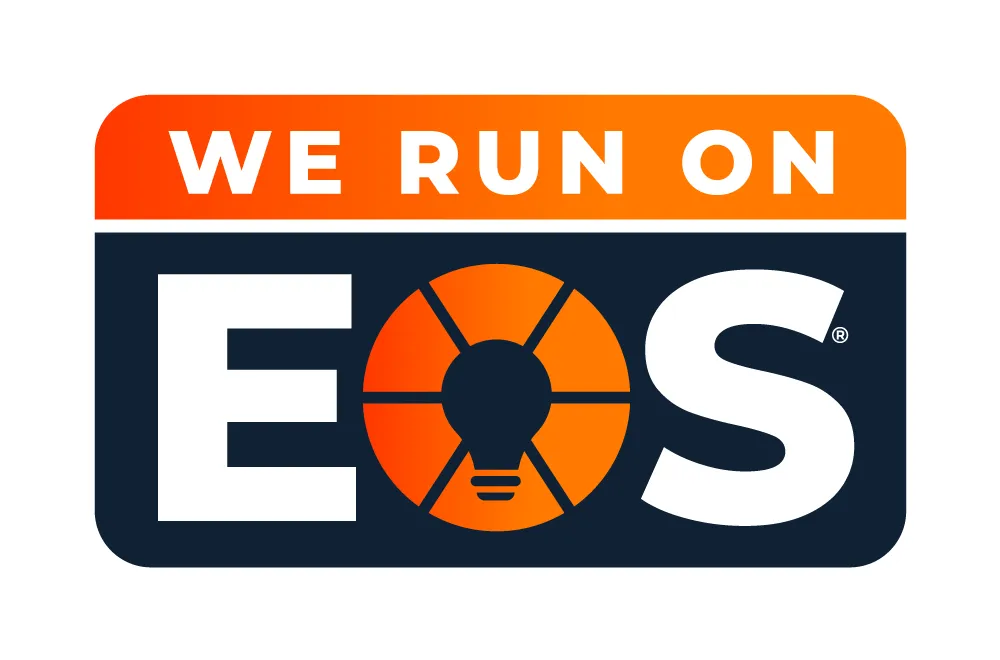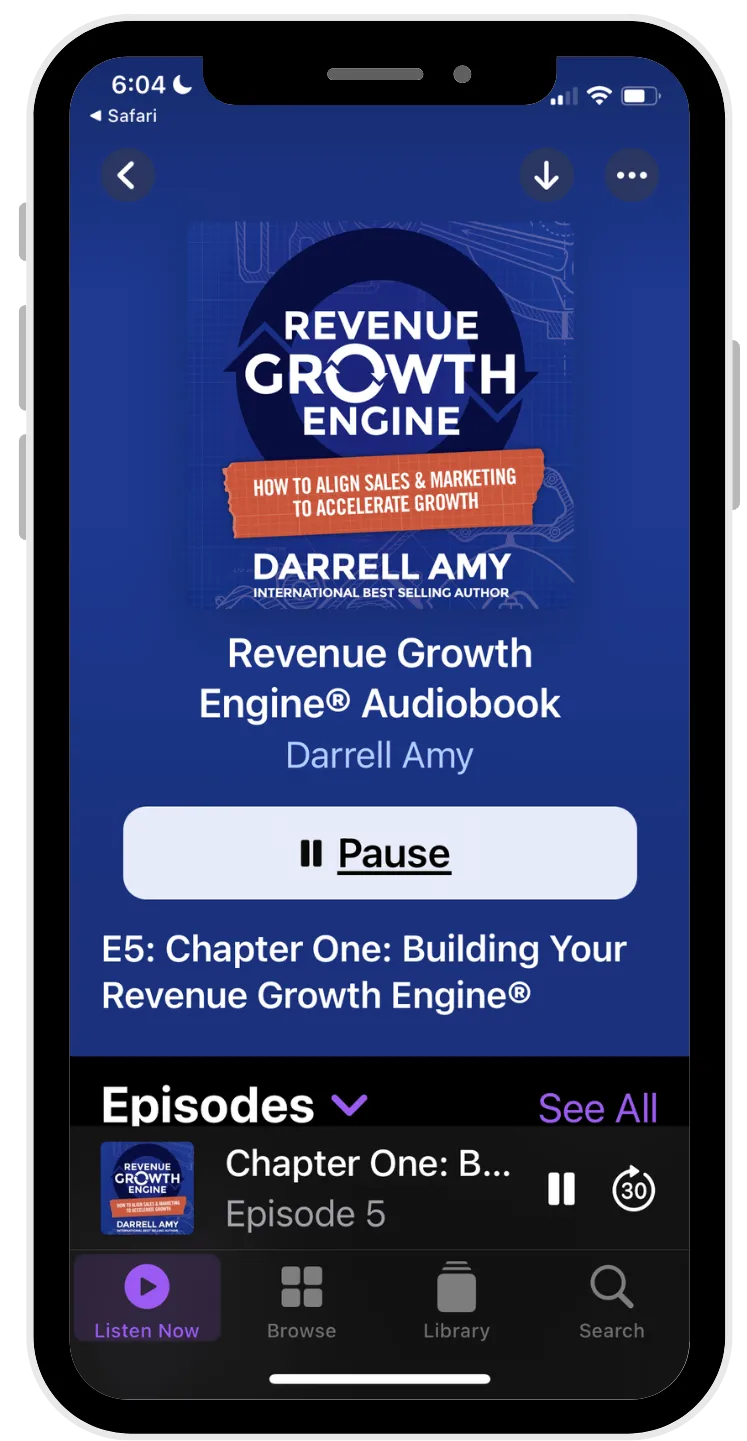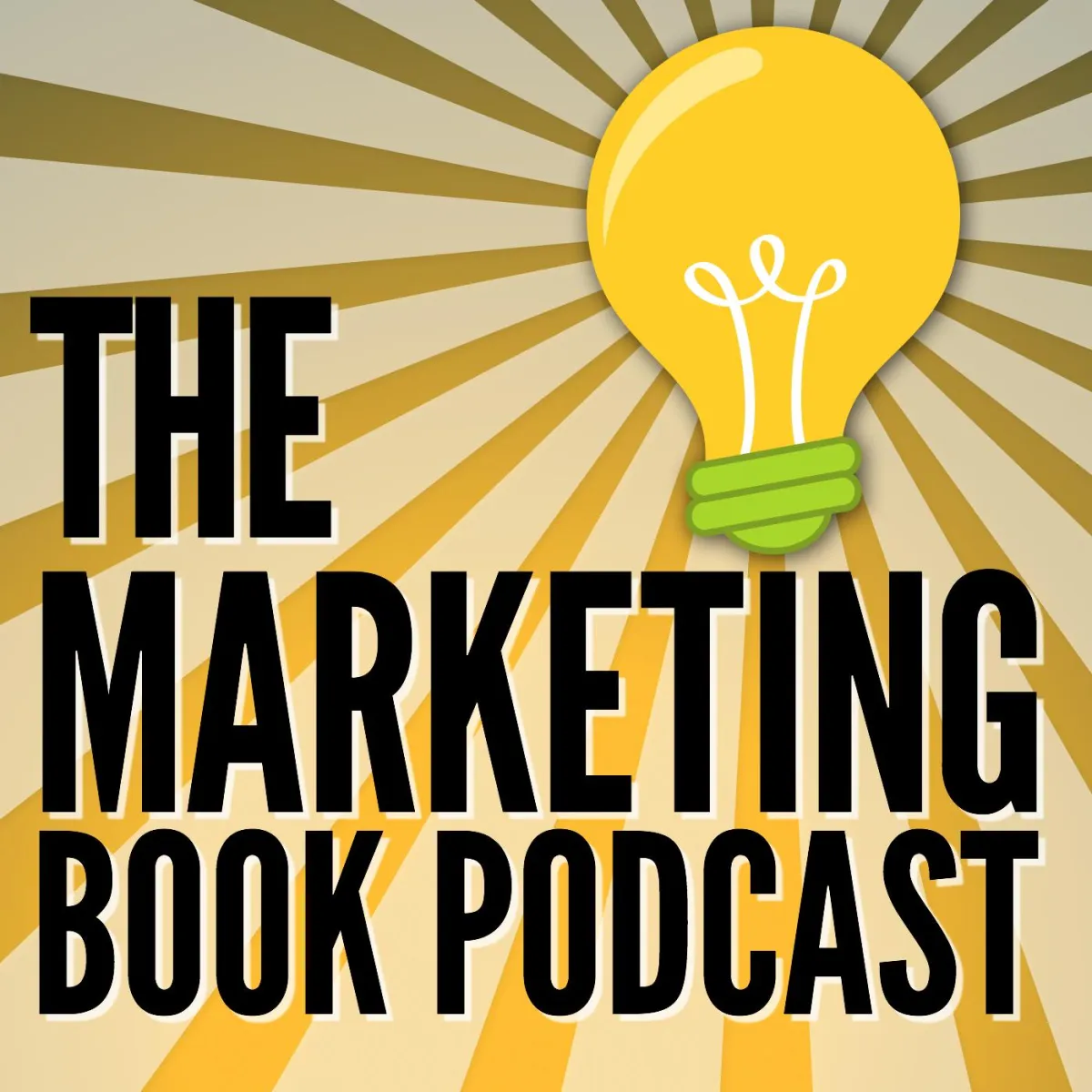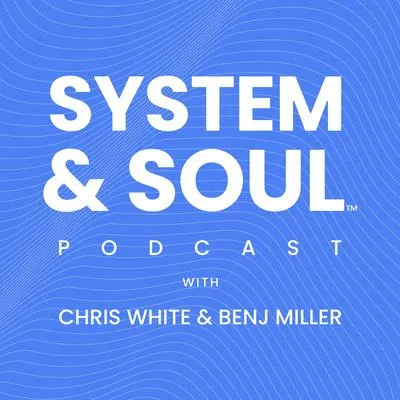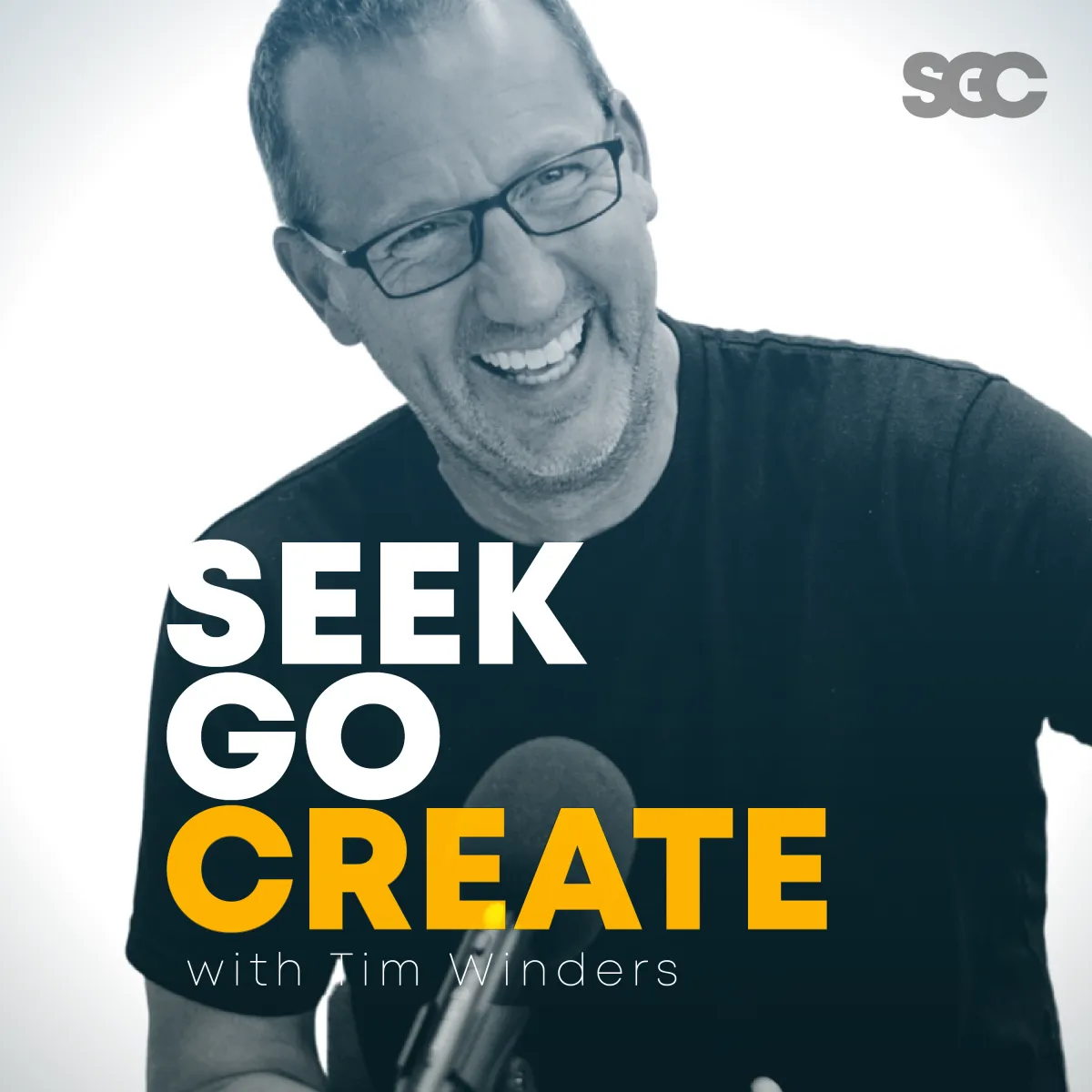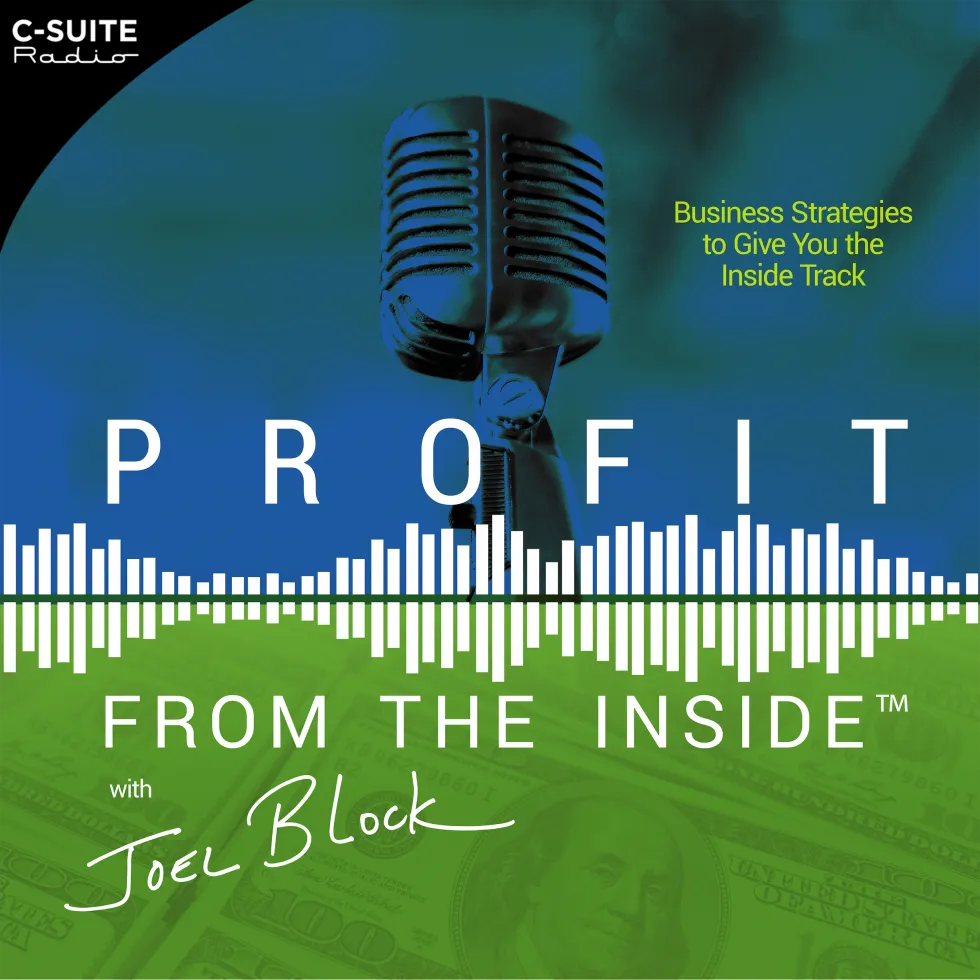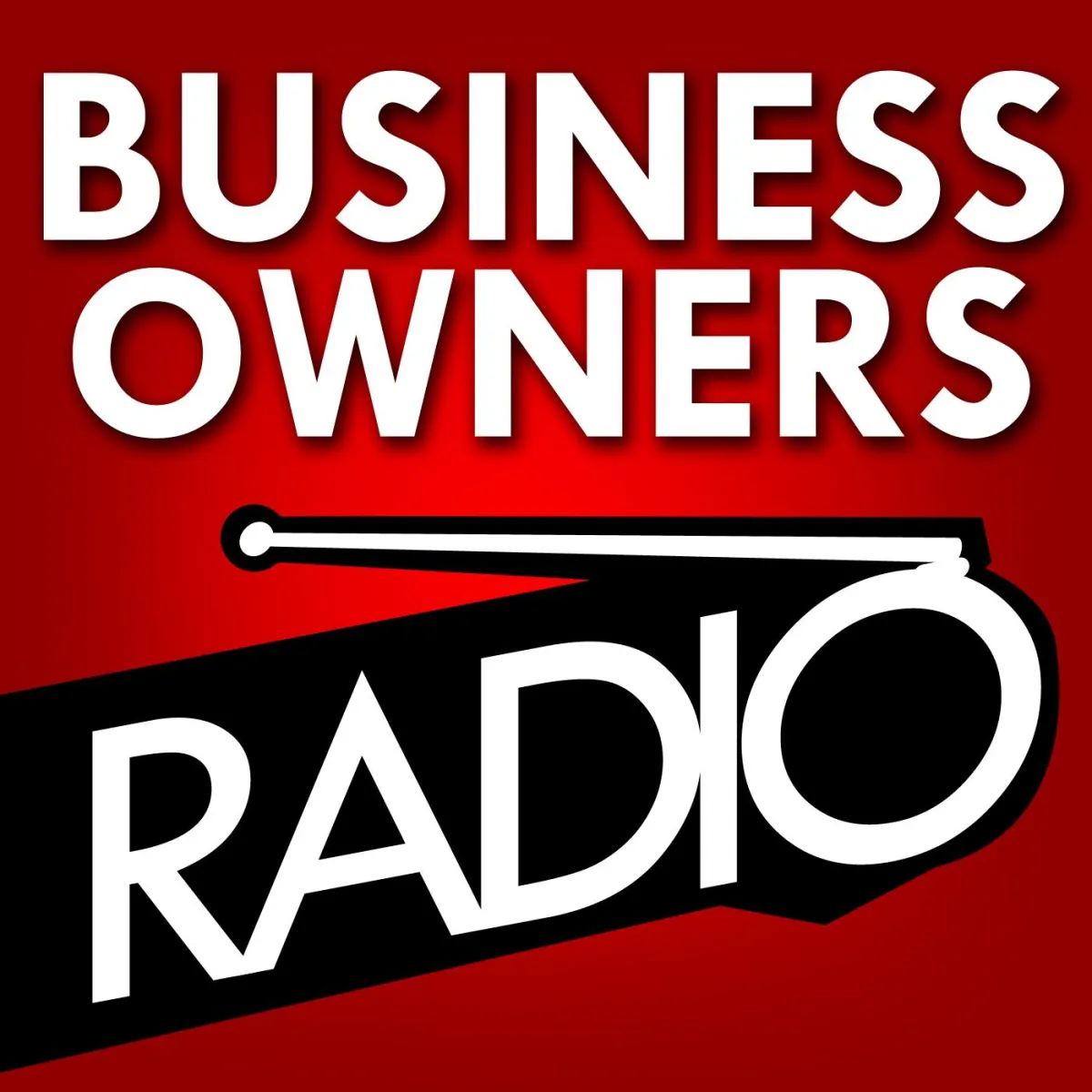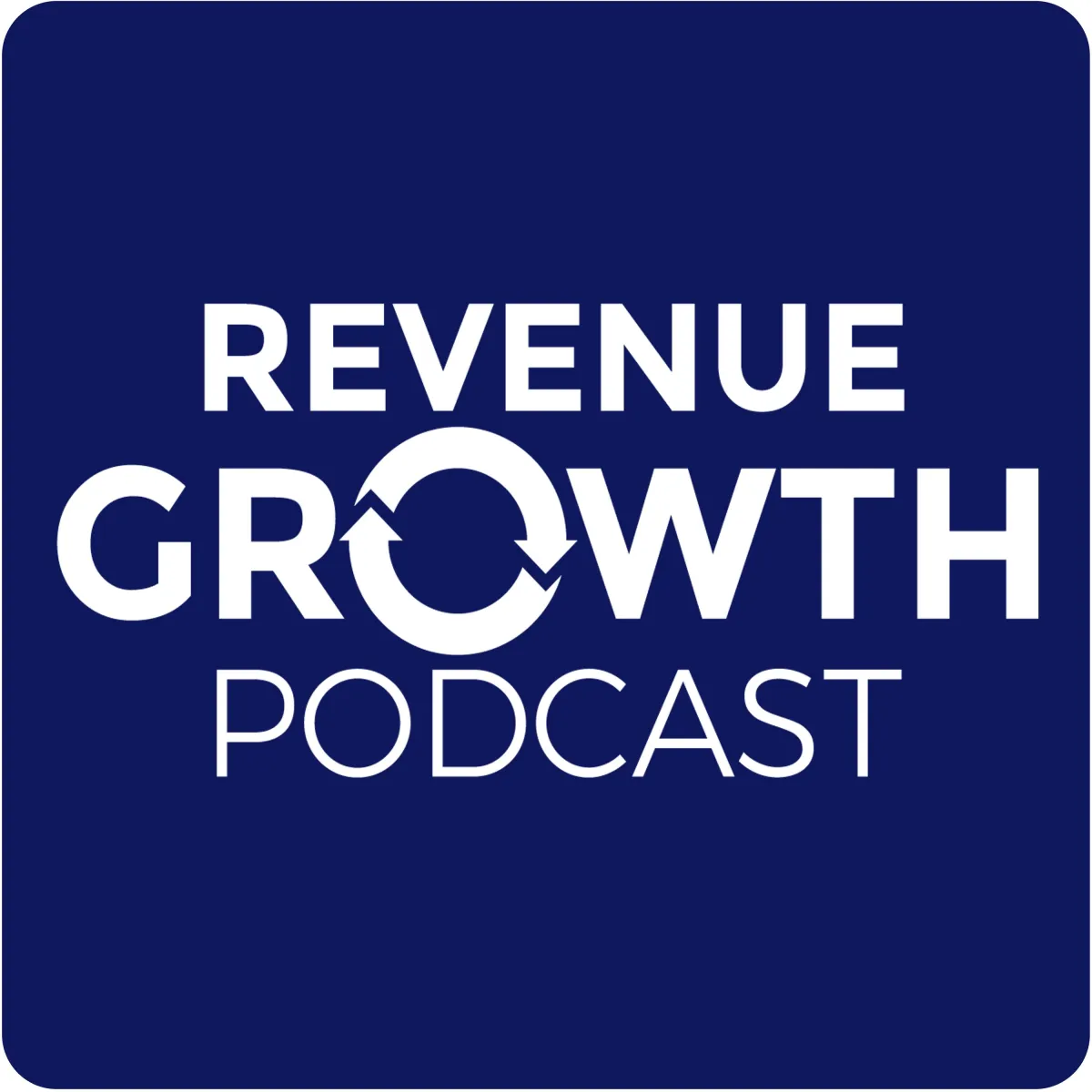Join Darrell Amy for the One Ideal Client Away Challenge,
April 10-14
www.oneidealclientaway.com
VISIONARIES AND INTEGRATORS
DISCOVER HOW TO ACCELERATE GROWTH
Learn how to build a powerful engine to drive exponential revenue growth.



REMOVE
BARRIERS TO GROWTH
Get the six barriers to revenue growth out of the way so you can accelerate.

DESIGN
YOUR ENGINE
2-day Revenue Growth Engine Design Workshop

ACCELERATE
YOUR GROWTH
Mentorship program to implement a high-performance growth engine.

IDENTIFY
YOUR BARRIERS TO GROWTH
If you feel stuck:
Like there is a glass ceiling of revenue that you just can't seem to break through
After working with thousands of entrepreneurs and executives and talking to hundreds of thought leaders I have identified six common barriers to revenue growth.
In a 20-minute conversation we will get straight to the heart of the matter, identifying your top barriers so you can breakthrough to the next level.
Our Ideal Client Profile
These are the types of companies we specialize in serving.
DESCRIPTION
Established companies with sales-teams that want to grow so they can create meaningful jobs and give to great causes.
DATA
Privately-held companies
Track record of generous giving
Part of a peer group or community of excellence.
DECISION MAKERS
Executive
Owner, Founder, President, CEO
Sales and Marketing Leaders
CRO, CSO, CMO,
VP Sales, VP Marketing
Funding Partner
Private Equity, Venture Capital

BUILD
YOUR REVENUE GROWTH ENGINE
Create a Custom Revenue Growth Engine®
Once you are focused on your Ideal Client now it's time to build a more powerful engine to accelerate growth!
In just two focused days you will create an actionable Plan to to generate immediate results that compound over time
A Powerful Revenue Flywheel that creates unstoppable momentum
Intense Focus on the types of clients or customers that can propel your business forward faster
High-Octane Fuel for your engine in the form of a message that gets attention
Scalable Processes for marketing and sales that drive net-new and cross-sell revenue that allow you to grow
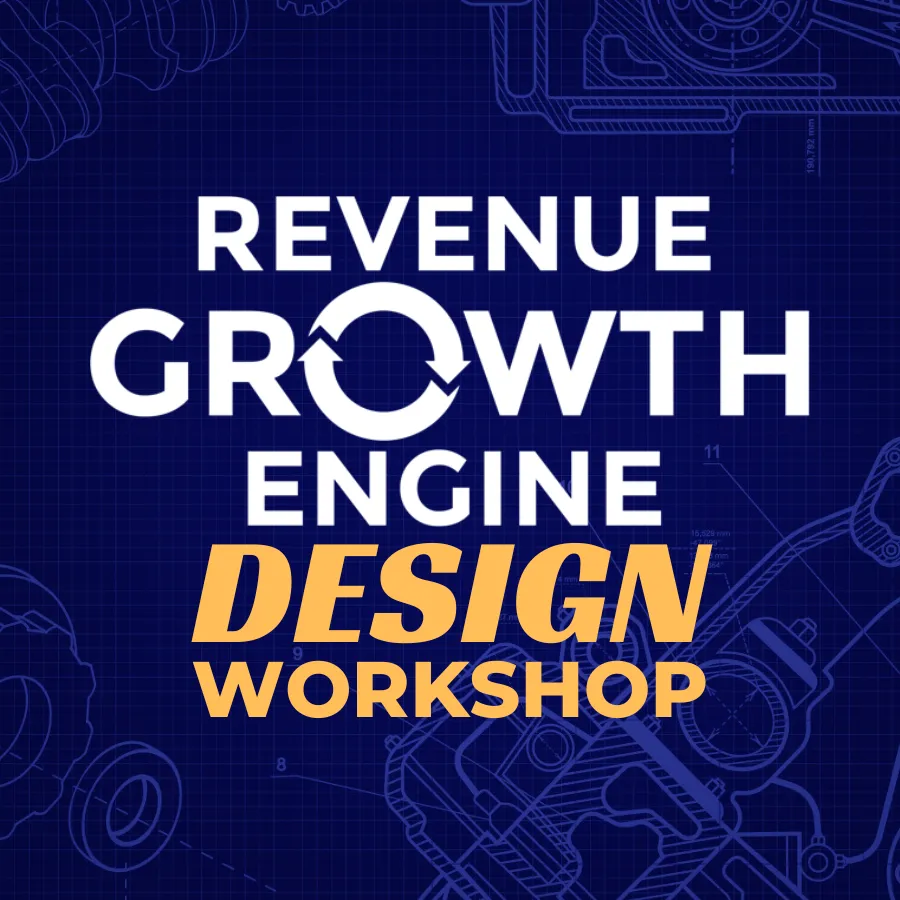

ACCELERATE
YOUR REVENUE GROWTH
Get Your Engine Firing On All Cylinders
Optimize, automate, and document your sales and marketing processes so you can enjoy exponential revenue growth.
If you are a leader at a company with a sales team, schedule your confidential consultation to discover:
The three biggest obstacles to revenue growth and how to remove them.
How other companies are creating Revenue Growth Engines.
Our vision to help purpose-driven companies scale their revenue and impact.
Real World Stories
Hear some real-world stories of companies building their Revenue Growth Engines®.
HOW WE CAN HELP YOU GROW FASTER

REMOVE
BARRIERS TO GROWTH
Get the six barriers to revenue growth out of the way so you can accelerate

DESIGN
YOUR ENGINE
2-day Revenue Growth Engine Design Workshop

ACCELERATE
YOUR GROWTH
Mentorship program to implement a high-performance growth engine
GET TO KNOW
DARRELL AMY
Darrell inspires and equips purpose-driven entrepreneurs to grow revenue so they can give back.
As the co-founder of the non-profit Kingdom Missions Fund, Darrell Amy noticed that the largest donations came from business owners, and he wondered how he could help generous business owners quickly grow revenue so they could give even more.
Darrell’s experience as a leader in sales and marketing has given him a unique perspective on what it takes to grow revenue. Distilling 27 years of experience, Darrell authored Revenue Growth Engine: How To Align Sales & Marketing To Accelerate Growth.
He is a member of the Forbes Business Council and he helps companies maximize growth through sales and marketing alignment. Darrell hosts the Revenue Growth Podcast and co-hosts the Selling From the Heart Podcast. He also volunteers as the executive director of the ManAlive EXPEDITION, an organization that helps men find healing and identity.
When he isn’t helping generous business owners grow their revenue in order to give more, he enjoys the outdoors including sailing, canoeing, and hiking. Darrell, along with his wife Leslie, enjoy spending time with their children and four grandchildren.

My BHAG
Help 10,000 businesses double revenue to generate $10 billion in new giving.
MAKE IT AN ADVENTURE!
TAKE THE ULTIMATE TREK AS YOU GROW YOUR REVENUE
Build your Revenue Growth Engine
Develop Physical Endurance
Trek to Everest Base Camp
Join adventurous entrepreneurs in an epic journey to scale your business as we train to trek to Mount Everest Base Camp!
BLOG
ACCESS OUR LATEST THINKING

Why Your Largest Clients Are Not Always Your Ideal Clients

When you hear the words Ideal Client, what do you think? Many entrepreneurs, sales professionals, and marketing leaders immediately think of their largest client. However, in many cases, the Ideal Client is not your largest client.
Ideal Clients need everything you sell, value what you do, and fit with your culture. This creates a flywheel of growth with net-new and cross-sell revenue. Because they fit with your culture there is a good chance they will stay around for the long term.
This isn’t always the case with your largest clients. They may not need everything that you sell. While the people on your buying team may appreciate your company and feel some loyalty, frequent changes in the org chart as people climb the corporate ladder may complicate the matter.
Here are six reasons why your largest clients may not be your ideal clients.
Your Largest Clients May Not Need Everything You Sell
Your largest clients often don’t need everything you sell. They may look to you for one of your core products or services but not be open to additional things you offer. Often, this is because they build these products or perform the service internally.
For example, an office technology company that provides hardware, managed services, and software may have a major account that buys hardware from them. But because they are a large company, they have an internal IT department that handles technology management and software support. While that company may purchase a lot of hardware, it will likely never purchase software or services.
Ideal Clients are able to create a flywheel of net-new and cross-sell revenue for your company. As Mark Hunter says, “You don’t just close the sale, you open a relationship.” The goal is to climb the ladder of value as you deliver multiple levels of value to these clients. (See Why You Need Ideal Clients to Create a Revenue Flywheel.) Large clients simply may not be able to provide this value ladder.
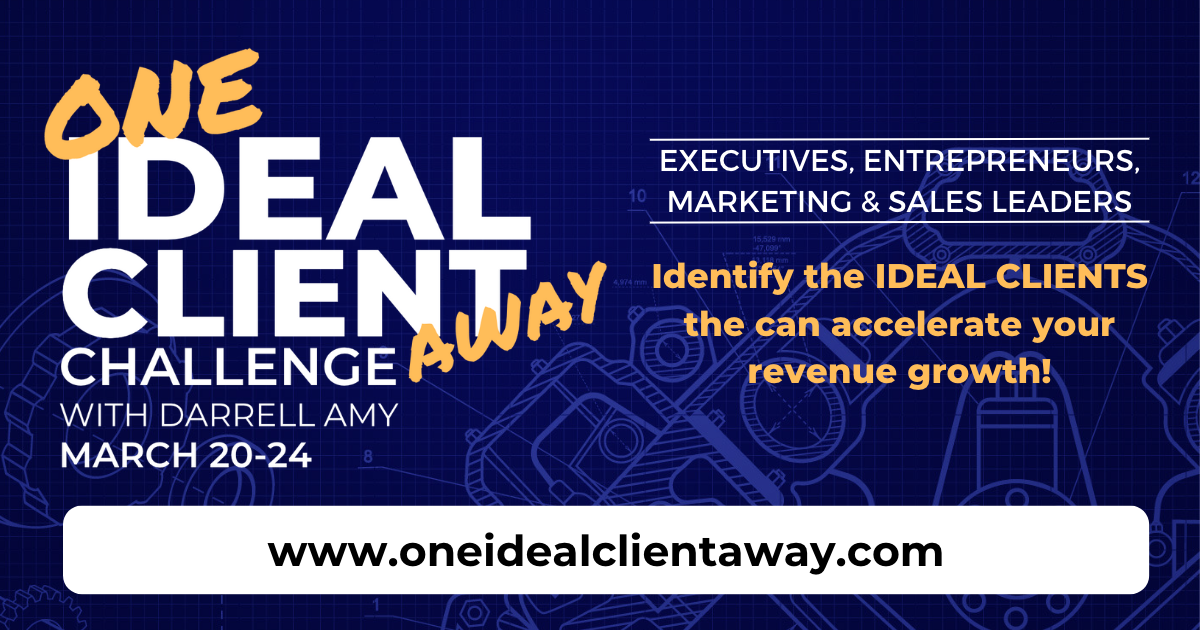
Your Largest Clients May Not Value You or Your Company
Larger clients often have purchasing departments with RFPs that tend to go to the lowest bidder. While sales teams develop skills to get around this, the reality is that they often look to vendors to provide commodities.
25 years ago I remember visiting the purchasing office of Walmart’s corporate headquarters. The company I worked for provided some communication technology to several divisions of the enterprise. While many of my clients looked to me for advice, the only thing this large company wanted was a lower price on our equipment. In fact, they told me what they were willing to pay and basically said, “take it or leave it.”
There was no value placed on the advice or services myself or my company could provide. It was a pure transaction. In this type of situation, you remain vulnerable to the next vendor that is willing to shave a little more off of their price.
Your Largest Clients May Not Be Profitable
Over the years, I’ve heard the joke, “We’re losing money but we’ll make it up in volume.” Larger clients that bring in a low margin may not be very profitable compared to your Ideal Clients. Considering the time and energy it takes to manage these accounts, the profits may seem even less attractive.
Your Largest Clients May Not Be Able To Be Loyal
Larger companies tend to have a lot of turnover. People promote inside the organization. Others leave to pursue career opportunities either voluntarily or because of layoffs. Add in the presence of a purchasing or materials management department which we discussed above, and the reality is that many of your largest clients may not be able to be loyal to you, even if some of their people want to be.
Your Largest Clients Can Make You Vulnerable
When large clients change vendors it leaves a big revenue hole. Over-dependence on large clients can make or break a year. The challenge is that when they leave, there often isn’t much you can do about it.
Your Largest Clients Can Make You Distracted
We get obsessed with our largest clients. We tend to plan our year around them. If we are not careful we can end up focusing too much energy and attention on these clients to the detriment of our actual ideal clients and prospects.
Get Clear On Who Your Ideal Clients (and Prospects) Are
Every business is different. Your largest clients (and some even larger than them) may be your Ideal Client. However, for many companies, Ideal Clients are often found in the middle range of your client base. They are probably not your smallest or your largest clients. They are the ones in the middle that fit just right.
Be careful to not fall into the trap of always chasing the largest clients. Make sure to know who your Ideal Clients and Prospects are. Focus your attention on landing and cross-selling them to maximize your revenue. In this, you’ll create a revenue stream that is much more consistent, predictable, and enjoyable to manage.
PODCAST
GET FRESH IDEAS FOR GROWTH
Are you looking for ways to scale your business? Welcome to the Revenue Growth Podcast with Darrell Amy. This is the place for business owners, sales leaders, and marketing professionals to get ideas an inspiration to drive exponential revenue growth. Each week you’ll get actionable insights from the world
LET'S TALK!
ABOUT ACCELERATING YOUR GROWTH
